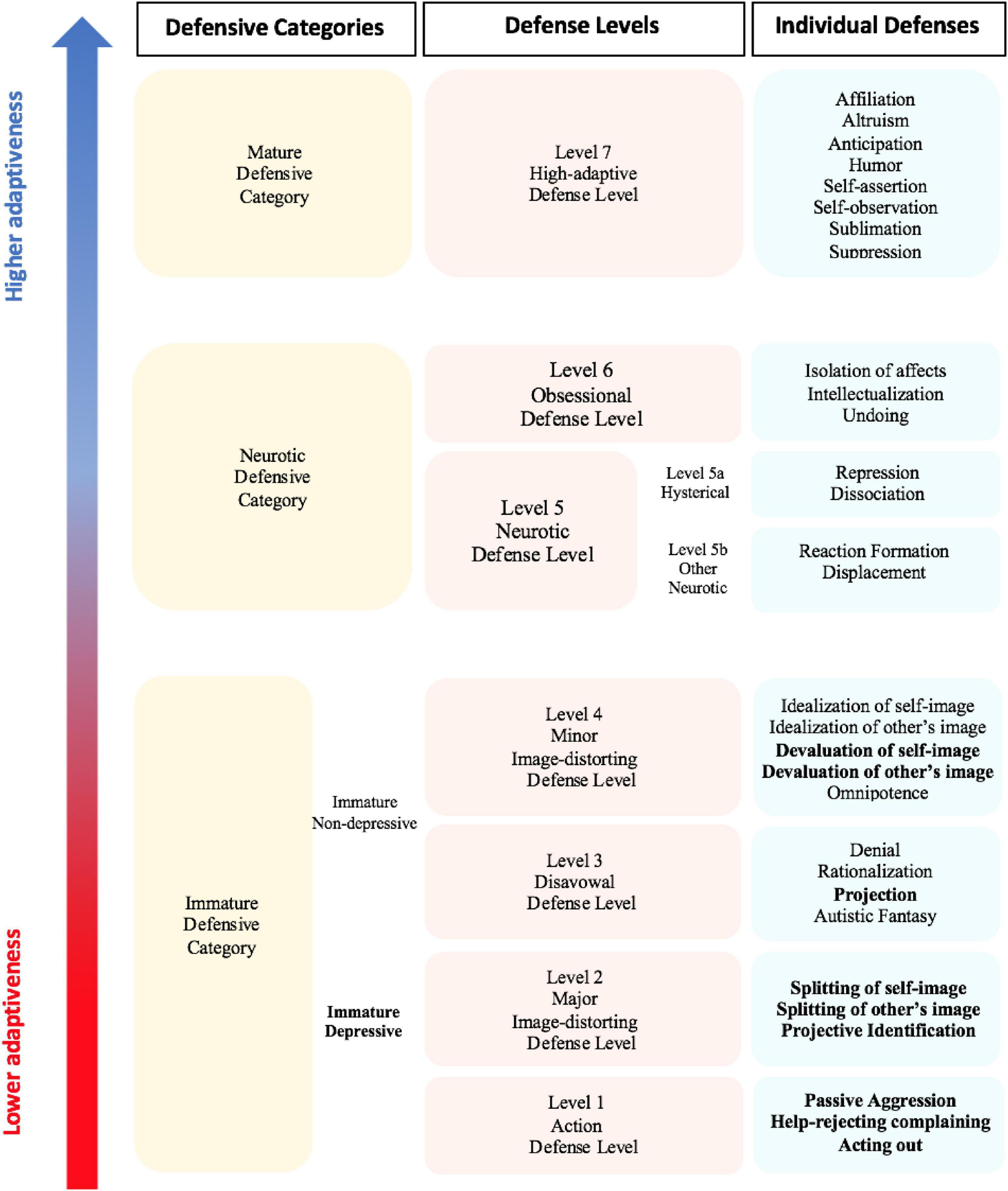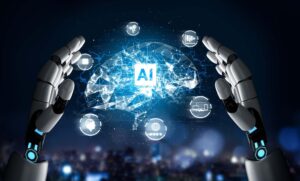
In an age where digital landscapes are as expansive as they are intricate, the need for robust cybersecurity measures has never been more pressing. As organizations navigate the challenges posed by an ever-evolving threat surroundings, innovative solutions are emerging from the intersection of technology and strategy. Enter AI agents: smart systems designed not just to respond to cyber threats, but to anticipate and mitigate them before they escalate.This article delves into the realm of empowering cybersecurity through these dynamic AI-driven agents, exploring their capabilities, challenges, and potential to reshape the future of threat defense. By harnessing the power of artificial intelligence, we stand on the brink of a new era where proactive security measures coudl become the standard rather than the exception, safeguarding our digital lives with unprecedented efficacy.

Harnessing AI for Proactive Threat Detection and Response
In the ever-evolving landscape of cyber threats, the ability to not only detect but also respond proactively has never been more critical.AI-driven tools leverage sophisticated algorithms to identify anomalies and potential breaches before they escalate into important issues. By doing so, organizations can establish a more robust security framework. These intelligent systems continuously analyze vast amounts of data, recognizing patterns and flagging unusual behavior. As a result,the deployment of AI enhances the speed and accuracy of threat detection substantially.
Moreover, the integration of AI into cybersecurity transforms response strategies from reactive to proactive. Utilizing machine learning, these systems can adapt and evolve with emerging threats. Key advantages include:
- Real-time Monitoring: Continuous oversight that ensures immediate action against potential risks.
- Predictive Analytics: Forecasting future threats based on historical data and trends.
- Automated Response: Quick,automated actions that mitigate or neutralize threats without human intervention.
As we move forward, the collaboration between human expertise and machine efficiency will redefine industry standards, creating resilient defenses against the sophisticated tactics employed by cybercriminals.

Building an Adaptive Defense Strategy with AI-driven Cybersecurity
In the ever-evolving landscape of cyber threats,a proactive and adaptive defense strategy is no longer a luxury but a necessity. Harnessing the power of AI, organizations can create systems that not only respond to threats but also learn from them. AI-driven cybersecurity solutions utilize machine learning algorithms to analyze vast amounts of data in real-time, providing insights that human analysts might miss. By incorporating such advanced technologies, businesses can cultivate resilience against a multitude of attack vectors, ensuring that their response mechanisms are as dynamic as the threats they face. Key components of this approach include:
- Automated Threat Detection: Quickly identify anomalies and potential breaches.
- Adaptive Learning: Continuously improve security protocols based on past incidents.
- predictive Analytics: Anticipate future threats through behavioral patterns.
Moreover, the integration of AI fosters collaboration between diverse security domains, resulting in a more unified defense posture. By leveraging AI agents, organizations can facilitate constant communication between threat intelligence and incident response teams. This synergy not only enhances situational awareness but also streamlines incident management processes. Below is a concise overview of how AI optimizes these interactions:
| Domain | AI Application | Impact |
|---|---|---|
| Threat Intelligence | Data analysis for emerging threats | Proactive defense measures |
| Incident Response | Automating common responses | Faster resolution times |
| Compliance Monitoring | Continuous policy checks | Reduced risk of violations |

Integrating Human Expertise with AI Agents for Enhanced Security Posture
In today’s evolving threat landscape, the collaboration between human expertise and AI agents plays a pivotal role in fortifying an organization’s security infrastructure. Humans bring invaluable qualities such as critical thinking, intuition, and a nuanced understanding of context, while AI agents excel in real-time data processing, pattern recognition, and threat detection. By harnessing the strengths of both, organizations can create a robust security framework that not only responds to threats more efficiently but also anticipates them by analyzing vast amounts of data that would be humanly unachievable to comb through alone.
This synergistic approach can be effectively illustrated through the integration of AI-driven tools with human oversight in key areas such as:
- Incident Response: AI can automate initial responses to threats, enabling cybersecurity professionals to focus on more complex issues.
- Threat Hunting: AI agents can sift through logs and data for anomalies, while experts validate these findings and strategically plan their responses.
- Training and Advancement: Continuous advancement in security protocols can be achieved through AI’s ability to learn from past incidents, which guides human training initiatives.
Employing a structured model to facilitate this integration could yield substantial benefits.The table below presents key roles and responsibilities that showcase how these entities can work collaboratively:
| Role | Duty | Contribution |
|---|---|---|
| AI System | Data Analysis | identifies patterns and potential threats |
| Cybersecurity Analyst | Validation | Confirms AI detections and contextualizes findings |
| IT Security Manager | Strategic Oversight | Implements security policies and responses |
By intertwining human cognition with AI capabilities, organizations can not only respond more effectively to the current threats but also build a proactive security posture that evolves continually in response to emerging risks.

Evaluating the future of Cyber Resilience in an AI-dominated Landscape
The rapid advancement of artificial intelligence presents both unprecedented opportunities and challenges for cybersecurity. As organizations increasingly rely on AI-driven systems for their operations, the potential threat landscape expands alongside it. Smart algorithms can learn from vast datasets and adapt to evolving tactics employed by cybercriminals. Consequently, integrating AI in cybersecurity strategies is crucial for staying one step ahead. Robust AI agents equipped with machine learning capabilities can enhance threat detection and response, sift through mountains of data to identify anomalies, and streamline incident response times.
To effectively evaluate the future of cyber resilience in this AI-dominated era,organizations must consider several key factors:
- Proactive Threat Hunting: AI agents can automate the identification of vulnerabilities before they are exploited.
- Behavioral Analysis: By establishing baselines of normal user behavior, AI can detect deviations indicative of potential threats.
- Rapid Adaptation: continuous learning enables AI systems to evolve alongside new attack methodologies.
- Collaboration Between AI and Human Expertise: A hybrid approach ensures that intuitive human judgment complements algorithmic efficiency.
| Aspect | Human Expertise | AI Systems |
|---|---|---|
| Flexibility | High | Moderate |
| Speed | Moderate | High |
| Data Handling | low | High |
| Pattern Recognition | High | Very High |
Closing Remarks
As we conclude our exploration of the pivotal role that AI agents play in bolstering cybersecurity, it’s clear that the fusion of artificial intelligence and threat defense is not merely a technological trend, but a essential shift in our approach to safeguarding digital environments. These intelligent systems serve as vigilant sentinels, tirelessly analyzing vast swathes of data, identifying vulnerabilities, and neutralizing threats before they manifest into tangible harm. Though, the empowerment of cybersecurity through AI is not solely a matter of innovation; it calls for a collaborative spirit, where humans and machines work in tandem to navigate the complex landscape of cyber threats. As we look to the future,the dialog around ethics,governance,and trust in AI will be essential in shaping responsible practices that prioritize security without compromising privacy. in the face of ever-evolving cyber threats, embracing AI as a key ally not only enhances our defensive capabilities but also empowers organizations of all sizes to foster resilience in an increasingly interconnected world. The journey ahead promises to be one of conversion, and as we harness the potential of AI agents, we unlock new avenues for protection and innovation. Together, we can build a safer digital future, crafted through the synergy of human ingenuity and artificial intelligence.

